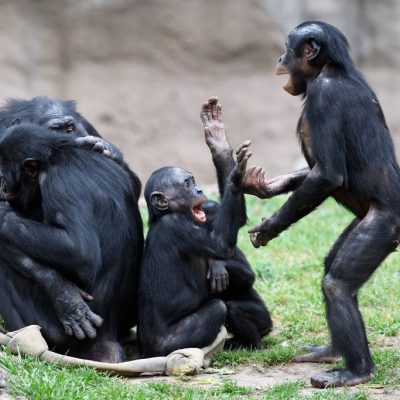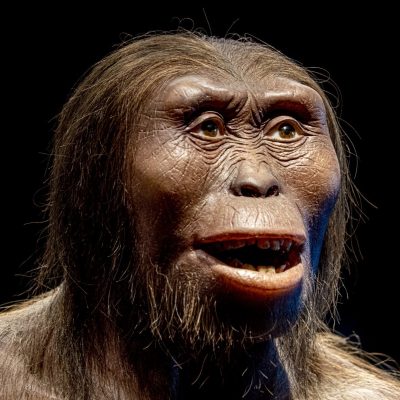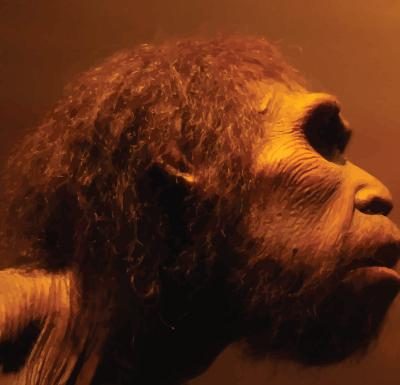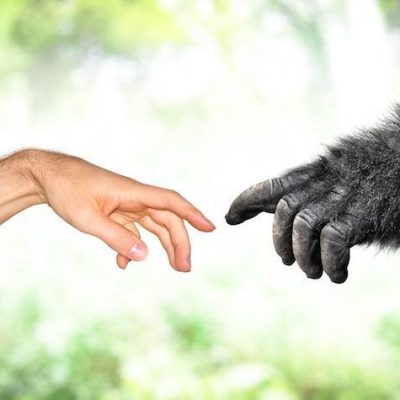In a groundbreaking discovery, the potential earliest fossil of a modern human outside Africa has been unearthed in Israel. A fossilized jawbone, recovered from the collapsed Mislia Cave, pushes back the timeline of our species’ migration out of Africa by a staggering 55,000 years. The individual possessing the bone may be the first modern representative of Homo sapiens to venture beyond Africa.
The upper jawbone, preserving the left set of teeth, was found by students in 2002 during the excavation of the Misliya cave floor. Alongside the jawbone, stone tools crafted using the Levallois technique were uncovered, indicating advanced abstract thinking. Published in the journal Science on January 26, 2018, an article titled “Earliest modern humans outside of Africa” dates the discovered material to 177,000-194,000 years ago.
Previously, the oldest Homo sapiens fossil, located in Morocco, Africa, dates back 300,000 years. Fossils from Skhul and Kavzeh caves, approximately 90,000 to 120,000 years old and in the vicinity of Mislia Cave, were considered the earliest outside Africa. However, the dating of a jaw from Mislia Cave, led by Israel Hershkowitz of Tel Aviv University, challenges this evolutionary narrative.
Paleoanthropologist Martha Mirazon Lahri from the University of Cambridge suggests that modern humans might have left Africa multiple times, with distinct groups migrating into pre-Asia. This migration possibly occurred between 244,000 and 190,000 years ago, coinciding with a humid climate, followed by extinction due to returning arid conditions. Notably, these ancient Homo sapiens exhibited morphological and genetic distinctions from contemporary humans, displaying a more primitive form.
The study faces dating challenges, with the jawbone undergoing three scans that might introduce radiation contamination. If the research withstands scrutiny, it could reshape our understanding of evolutionary history. Professor Israel Hershkowitz emphasizes, “[If] our species was in Israel 200,000 years ago, that would indicate that our species is very old, not just 300,000 years old, but older.”










